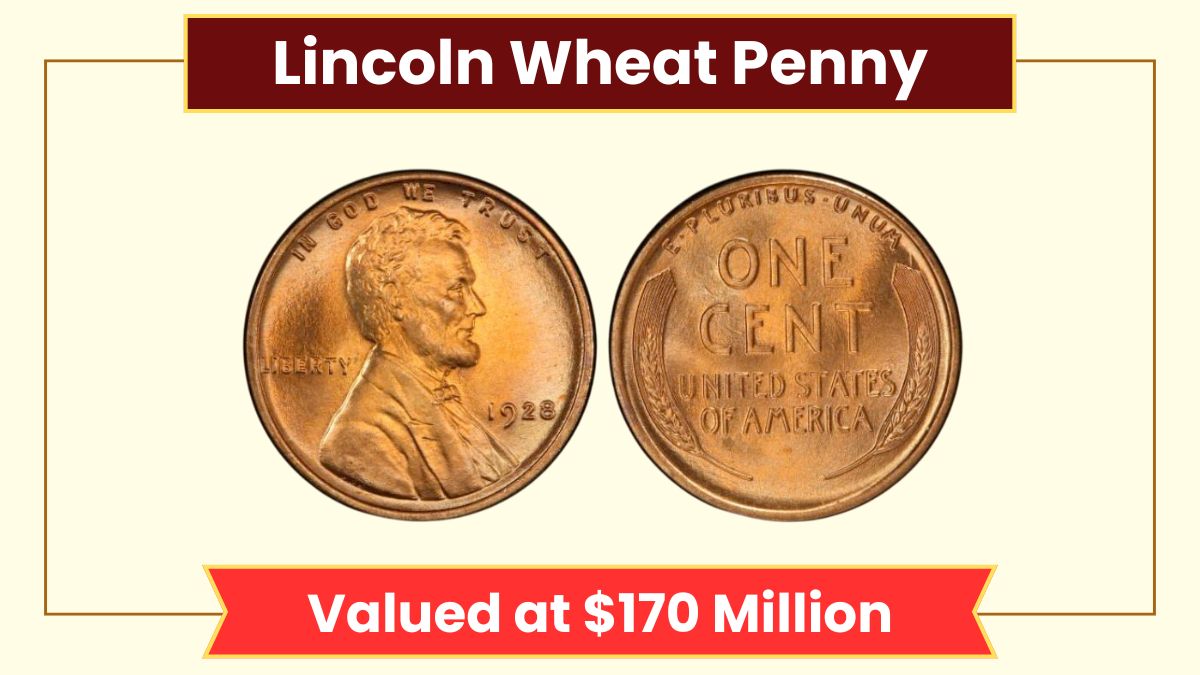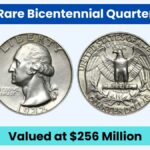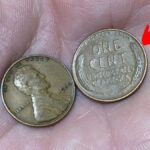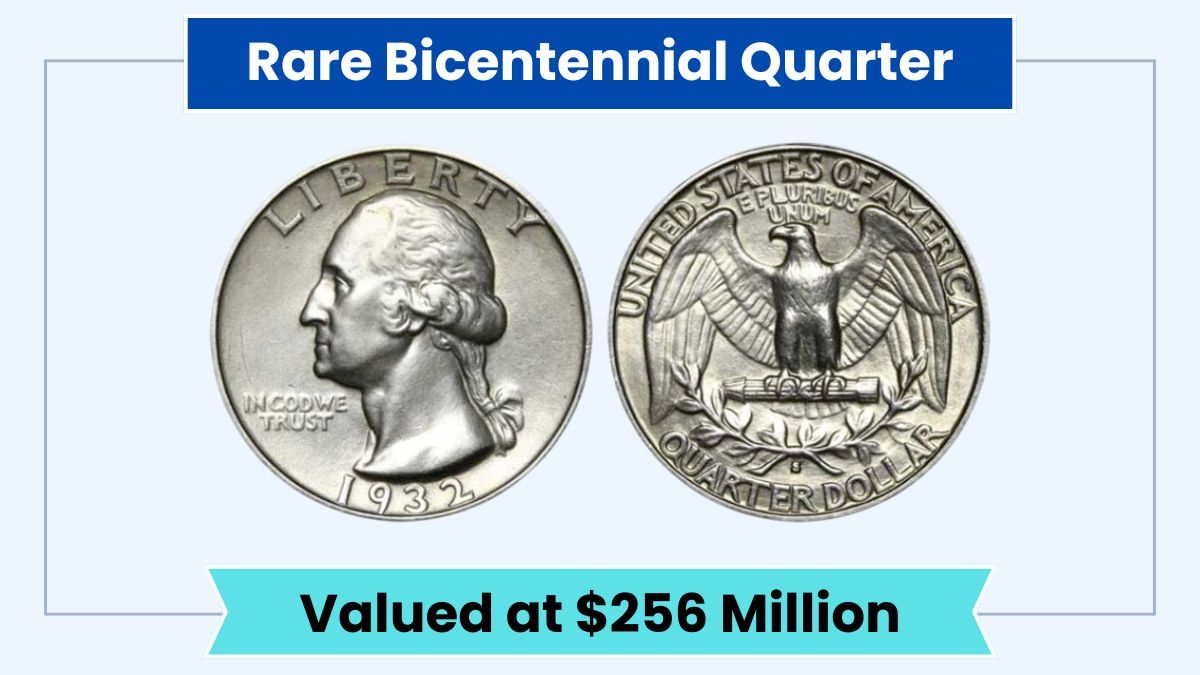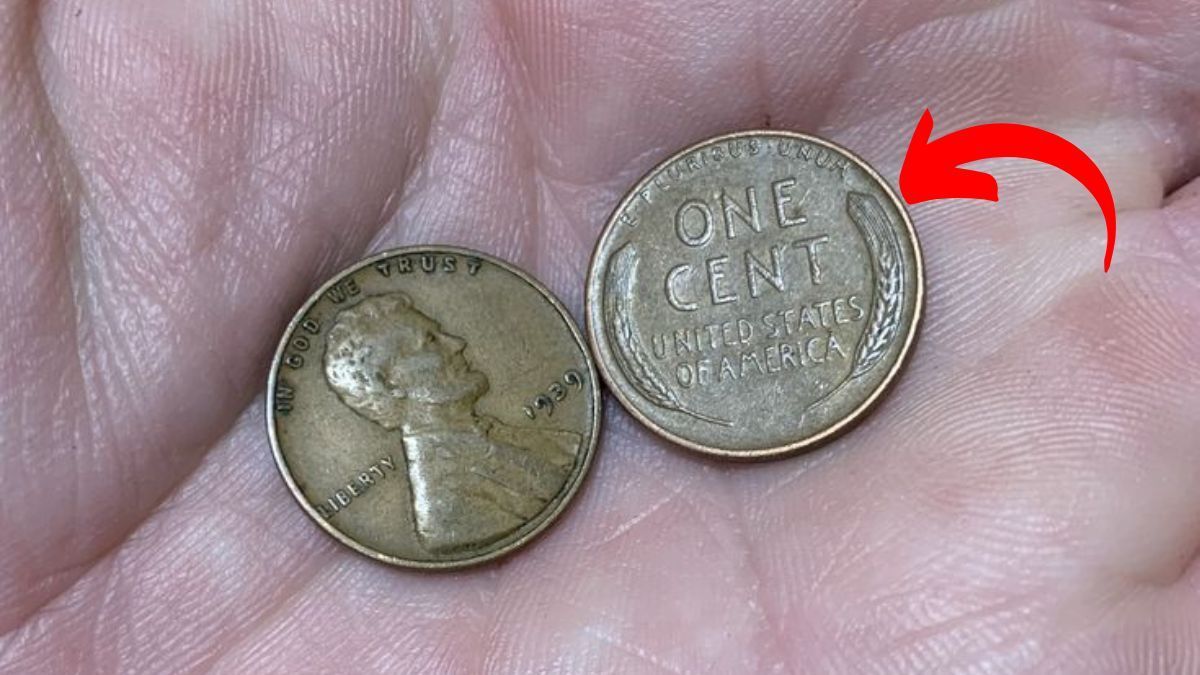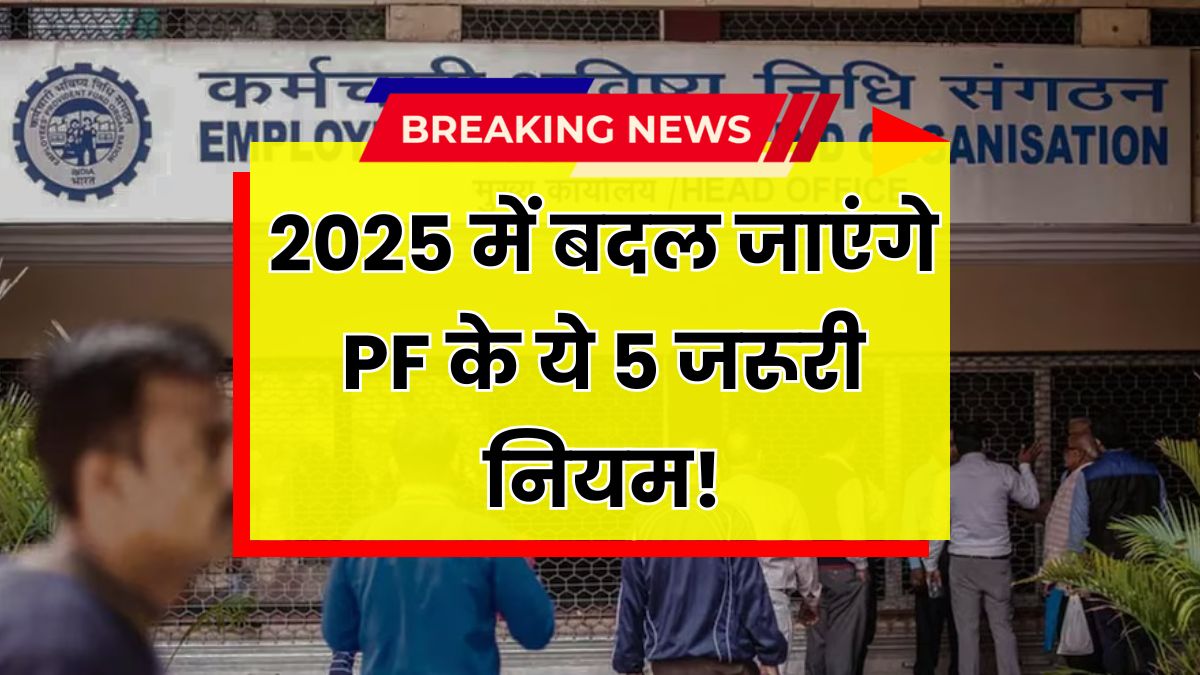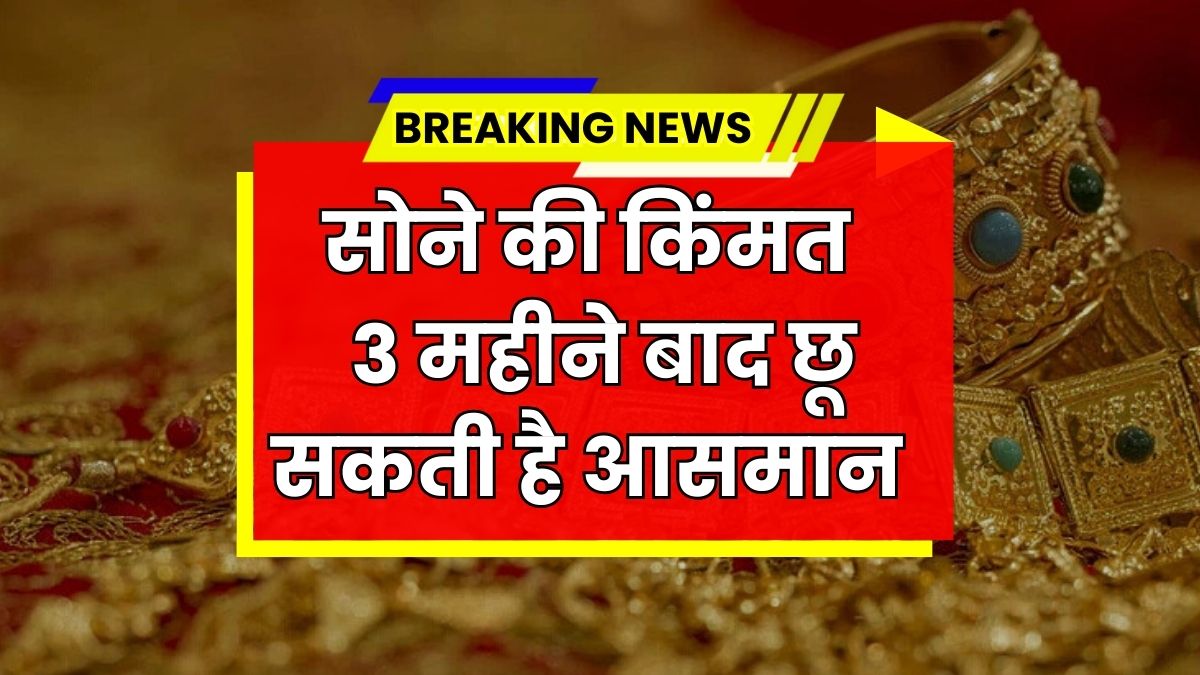Lincoln Wheat Penny Valued at $170 Million – It may sound unbelievable, but some collectors claim that a Lincoln Wheat Penny could be worth as much as $170 million. While this amount is likely exaggerated, it reflects the deep interest and enthusiasm surrounding rare coins. Some specific Lincoln Wheat Pennies have fetched hundreds of thousands—even over a million—at auction. With the right mix of rarity, history, and condition, a coin’s value can skyrocket. So, is there really a $170 million penny still out there? Let’s explore the facts.
What Is a Lincoln Wheat Penny?
The Lincoln Wheat Penny was first minted in 1909 to celebrate 100 years since Abraham Lincoln’s birth. It was the first U.S. coin to feature a real person, making it an important piece of American numismatic history. The reverse of the coin displays two stalks of wheat, one on each side of the words “ONE CENT,” which gives the coin its nickname.
This design continued until 1958, when it was replaced by the Lincoln Memorial reverse. While many of these coins were mass-produced and are still found in old collections, a select few are extremely rare and highly valuable.
Why Would a Penny Be Worth So Much?
The vast majority of Lincoln Wheat Pennies are only worth a few cents. However, there are several reasons why certain versions can be worth thousands—or in some cases, millions:
Rarity: Coins with very low mintage numbers, or those struck at specific mints in limited runs, are rare and attract higher values. Examples include the 1909-S VDB and the 1931-S Wheat Pennies.
Minting Errors: Coins with errors—such as the wrong metal, doubled dies, or off-center strikes—can be especially valuable. The most famous example is the 1943 bronze Lincoln Penny, mistakenly made from copper instead of steel.
Historical Significance: Coins tied to important events or production changes, like the wartime switch in 1943, are often more collectible.
Condition: Coins in uncirculated or mint condition, especially those graded MS-65 or higher by professional grading services, command significantly higher prices.
Collector Demand: If a coin fills a gap in a high-end collection, serious collectors may pay top dollar to acquire it, particularly if it’s one-of-a-kind.
The Legend of the $170 Million Lincoln Wheat Penny
As of now, no Lincoln Wheat Penny has officially sold for $170 million. This figure is more myth than reality, likely based on internet speculation and viral content. However, it’s not completely unrealistic for collectors to imagine a coin reaching extreme values under the right conditions.
If a previously undiscovered Lincoln Wheat Penny were found—say, a one-of-a-kind minting error, in perfect condition, with a powerful historical backstory—it’s possible that wealthy collectors might drive the price into the tens of millions. While $170 million remains a theoretical figure, the excitement it creates is very real.
Could a $170 Million Penny Still Be in Circulation?
Believe it or not, valuable Wheat Pennies have been discovered in everyday places, including:
- Bank coin rolls
- Pocket change
- Old coin jars or piggy banks
- Inherited collections
- Garage or estate sales
Because Wheat Pennies were so widely used and saved by earlier generations, it’s entirely possible that a rare and valuable one is still out there—mixed in with common coins and waiting to be found.
What to Look for in a Rare Lincoln Wheat Penny
If you want to check your change or coin collection for valuable Wheat Pennies, here are a few things to pay attention to:
- Date and Mint Mark: Coins like the 1909-S VDB, 1914-D, 1922 No D, 1931-S, and 1943 bronze are among the most valuable.
- Metal Composition: A 1943 penny that looks copper instead of steel may be a rare bronze error coin. Use a magnet—steel pennies will stick, bronze ones won’t.
- Condition: Coins with no scratches, wear, or discoloration are worth more. Look for coins that appear uncirculated or newly minted.
- Weight: A genuine 1943 bronze penny should weigh about 3.11 grams, compared to 2.7 grams for a steel penny.
- Errors: Check for doubled letters or numbers, off-center designs, or any unusual features.
If you think you’ve found something rare, get it authenticated by a professional grading service like PCGS or NGC.
What to Do If You Find a Valuable Coin
Do not clean the coin, as this can damage its surface and reduce its value. Store it in a soft cloth or protective coin holder. Then, consult a trusted coin dealer or numismatic expert to assess its worth. If it’s genuinely rare, consider submitting it to a professional auction house that specializes in rare coins.
Conclusion: A Penny with Incredible Potential
While the idea of a Lincoln Wheat Penny being worth $170 million may not yet be reality, the buzz surrounding it shows just how exciting coin collecting can be. Whether you’re a seasoned collector or just curious about the change in your pocket, keep your eyes open. You never know when an ordinary penny might turn out to be an extraordinary treasure.
Disclaimer: The value of coins mentioned in this article is based on market trends and collector interest and is not guaranteed. Always consult a professional appraiser for accurate valuation.
